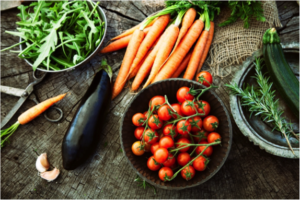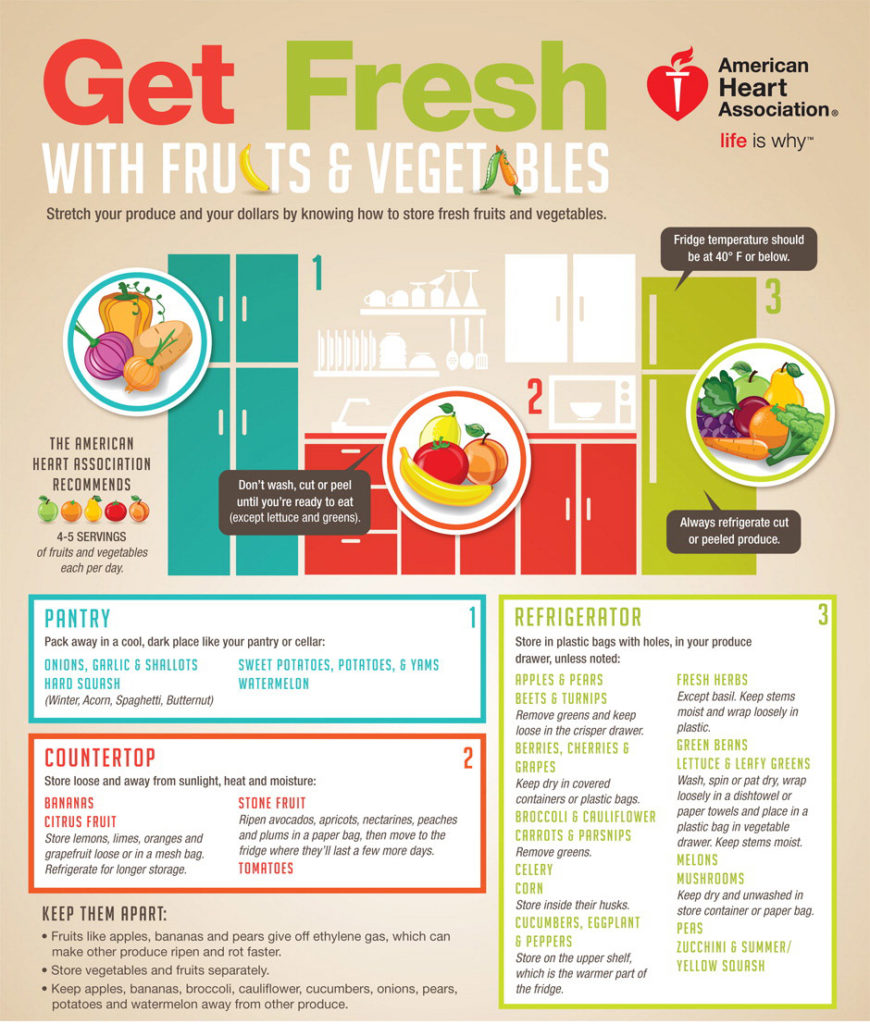Getting ready for the winter doesn’t just require getting out your warm clothes, but also packing up your summer ones. Depending on where you live, this might mean that your clothes will be packed up for 4 to 5 months. Improperly storing clothing for that period of time could result in damaged or ruined summer wear by the time it gets warm again. The biggest threats are typically mold and moths. Here are a few tips on how to fight these threats and keep your summer clothes safe all winter long.
Combating Mold
Nobody wants to wear moldy clothes. Aside from the way they smell, mold can cause health problems. The main way to combat mold is to eliminate moisture. The first and most important thing to do is to get your clothes as dry as possible before storing them away. Line drying is probably not going to be good enough if you live in a humid area. If you do not have access to a dryer, bring your clothes in off the line and hang them near your wood stove. When they are completely dry, let them cool, fold them up, and pack them away in a container that will not allow moisture in. If you don’t have a sturdy airtight container you can use trash bags. To help keep the clothing from absorbing moisture, put some dry rice or baking soda in a sachet or an old sock without a mate and store that with your clothes.
Repelling Moths
You could use traditional moth balls, but they smell horrible, are toxic, and cost money. Hopefully, you have some lavender in your herb garden or some cedar chips, if not you can buy some and at least avoid the toxins and the smell of conventional moth balls. As with the rice, put the lavender or cedar chips in a sachet or an old sock and store this with your clothes. Not only will this keep bugs out, but your clothes will smell fresh instead of toxic when you get them out next year.
It might seem like a needless time-consuming step right now, when you have plenty of other winter preparations to see too, but taking these steps to properly store your clothing could save you from spending plenty of money next year replacing moth-eaten or moldy clothes that were stored improperly.
If you liked this, you might also enjoy…



